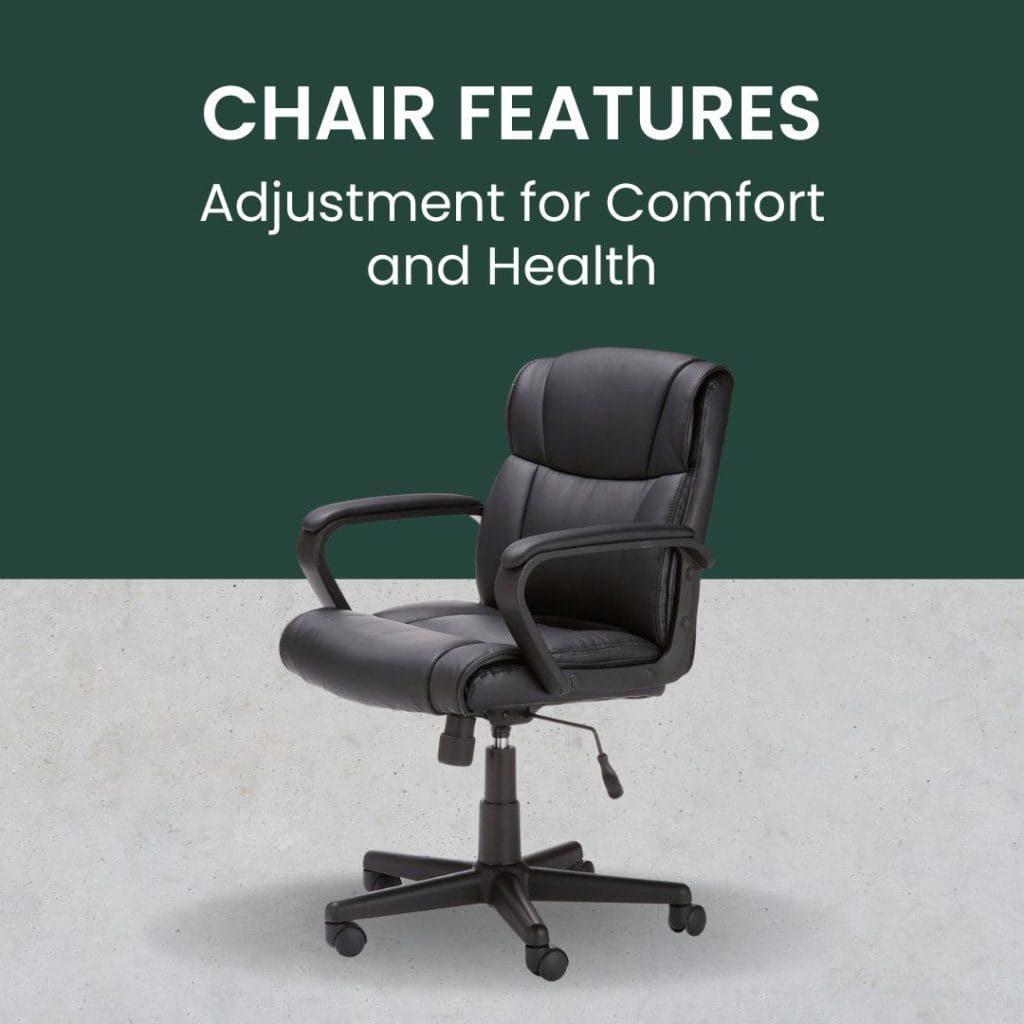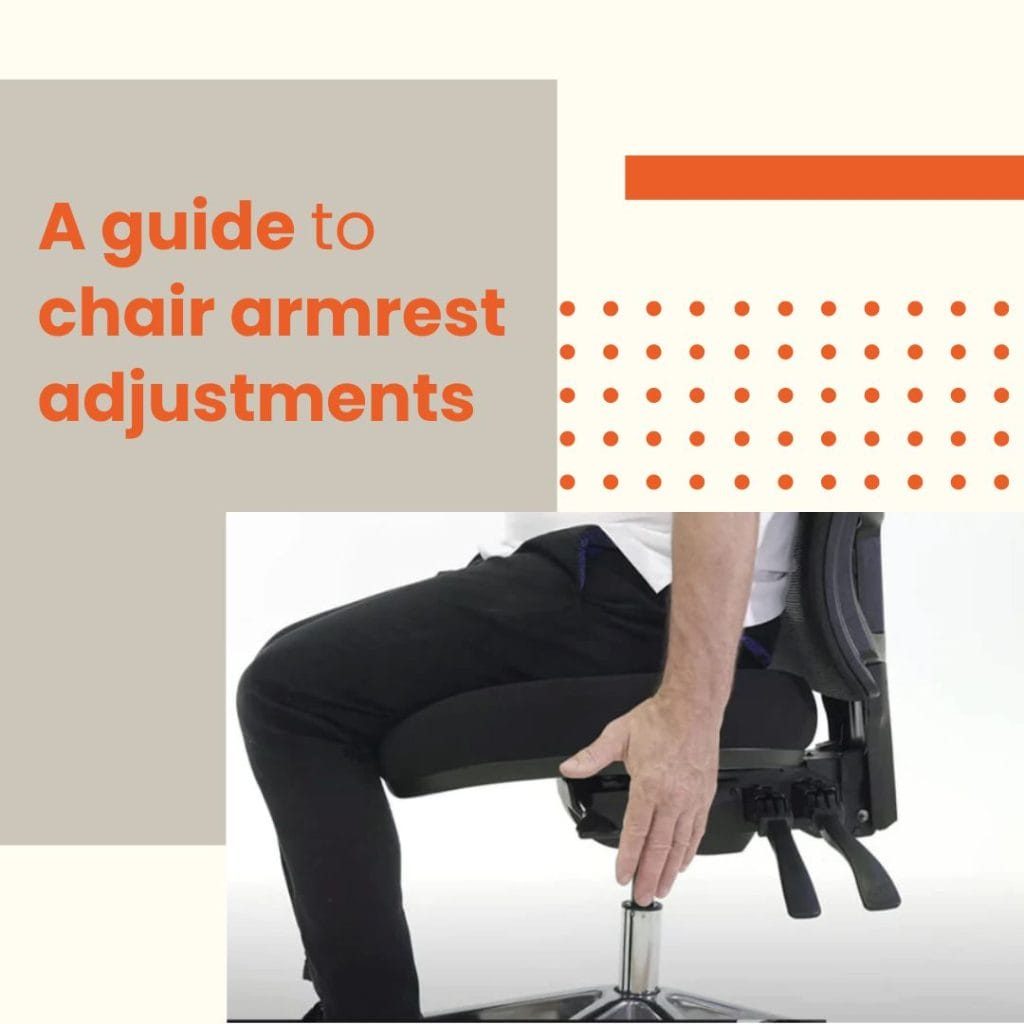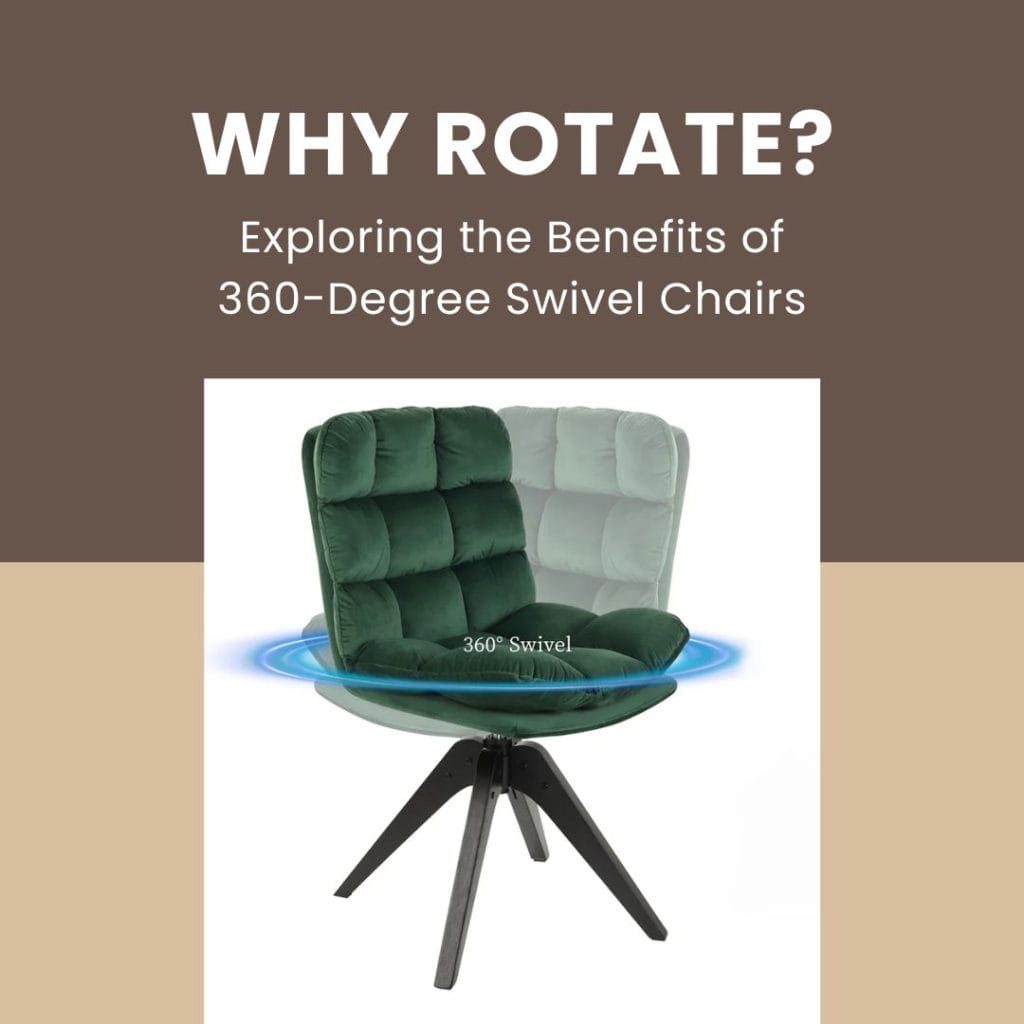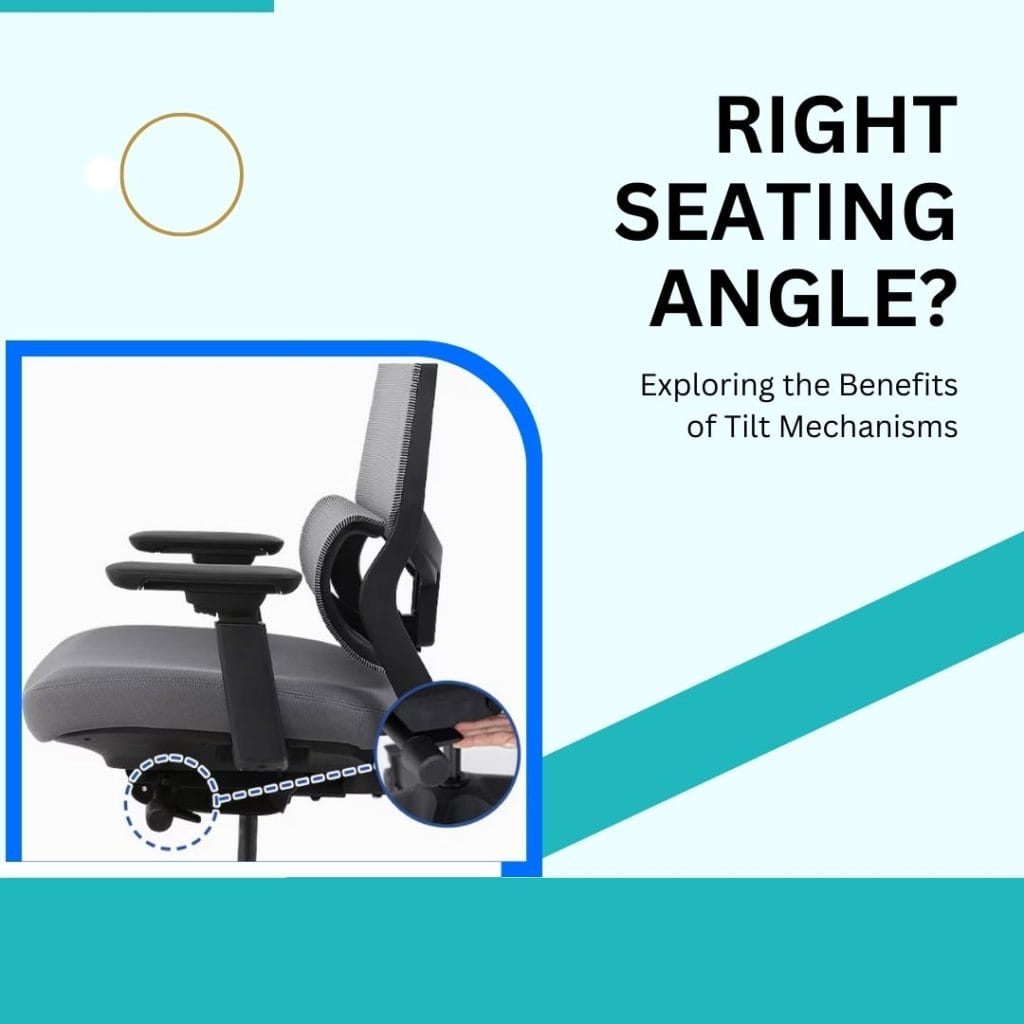Lumbar support has become a buzzword in discussions about health and comfort, especially regarding office furniture and vehicle seats. But what is it, and why is it so important? The lumbar region refers to the lower spine, a part of the body often under stress due to poor posture or prolonged sitting. Lumbar support is designed to uphold and protect this area, helping maintain the spine’s natural curve and prevent discomfort or damage. Over the next sections, we’ll delve into the science behind lumbar support, why it’s crucial for comfort, and how to implement it in your daily life.
Importance of Lumbar Support
Lumbar support is significant in ensuring overall spinal health and its importance cannot be overstated. The lower back, or the lumbar region, is susceptible to strain and injury because it supports most of the body’s weight. When we stand or sit with poor posture for extended periods, particularly in chairs with inadequate support, the lumbar spine can deviate from its natural alignment. This misalignment can strain the muscles and ligaments of the lower back, resulting in pain and discomfort. Lumbar support aids in maintaining proper posture by filling the gap between the lumbar spine and the seat, helping to uphold the spine’s natural inward curve. This support can alleviate back strain, prevent spinal problems, and promote comfort.
The Anatomy of the Lumbar Region
The lumbar region comprises five large vertebrae (labeled L1 to L5), the largest unfused vertebrae in the spine, designed to withstand significant amounts of force. These vertebrae connect the thoracic spine and the sacrum, acting as a sturdy pillar that supports the torso’s weight. Between each lumbar vertebra are intervertebral discs, which act as shock absorbers and prevent bone-on-bone contact during movement. This region also houses important muscles and nerves that control leg movement and affect stability.
Problems Due to Lack of Lumbar Support
A lack of lumbar support can lead to many health issues primarily associated with the musculoskeletal system.
- Prolonged sitting without proper lower back support can cause the lumbar region to flatten, leading to poor posture. Over time, this can result in chronic pain in the lower back and even extend to other areas, such as the neck and shoulders.
- Inadequate lumbar support can contribute to the development of debilitating conditions like disc bulges, hernias, and sciatica. Additionally, the discomfort caused by a lack of lumbar support can lead to distractions and decreased productivity, whether at work or during other activities.
Thus, incorporating lumbar support into chairs and seats is not just a matter of comfort—it’s a step towards better health and well-being.
Choosing the Right Lumbar Support for You
Choosing the right lumbar support largely depends on your personal needs and circumstances. Factors to consider include the type of chair you’ll use it for (office chair, car seat, etc.), your physical dimensions (height, weight, etc.), and any existing health conditions.
- For office chairs, consider a lumbar support cushion that can be easily adjusted for height and depth, allowing you to customize it based on your needs. Some chairs have built-in adjustable lumbar support, which can be a great option.
- If you’re selecting lumbar support for your car seat, it should be robust enough to withstand the vibrations and movements of the car while still providing the necessary support to your lower back.
- Your height and weight are crucial factors, too. Taller individuals may need a higher or thicker cushion to adequately support the lumbar region, while others might require a thinner, more subtle support.
- If you have an existing back condition, consult a healthcare provider to determine the best type of lumbar support for your situation.
Remember, what works best for one person might not work well for another. Experimenting and finding the most comfortable and supportive solution for you is crucial. The lumbar support should enhance your comfort and not cause further pain or discomfort.
Conclusion
In conclusion, lumbar support is pivotal in maintaining spinal health, especially for those sitting for long periods, such as office workers or drivers. By promoting proper posture and reducing stress on the lower back, good lumbar support can prevent chronic pain and serious conditions like disc bulges or hernias. Choosing the right lumbar support requires considering factors such as your chair type, physique, and health conditions. Remember, comfort is key, and what works for one person may not work for another, so it’s important to find what works best for you. By incorporating effective lumbar support into our daily lives, we can take a significant step towards better health, comfort, and productivity.







